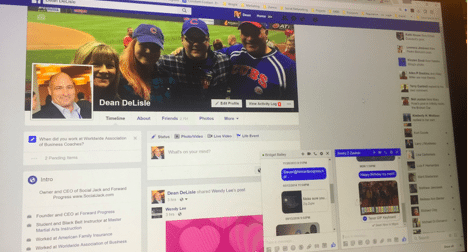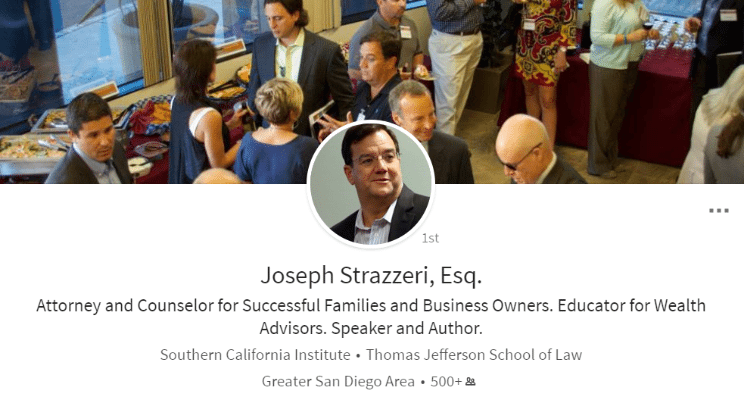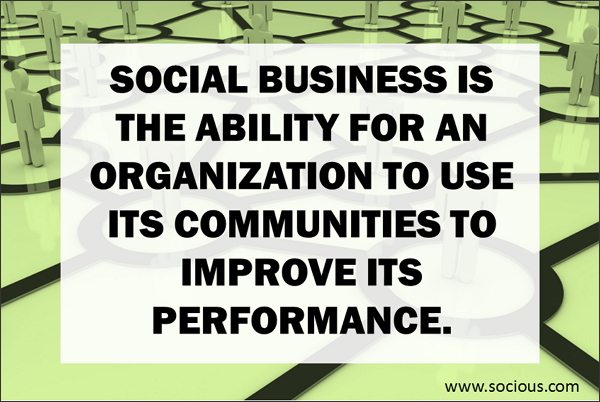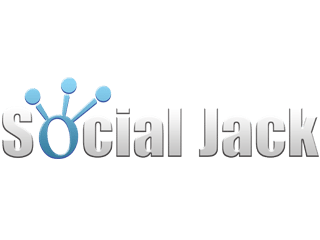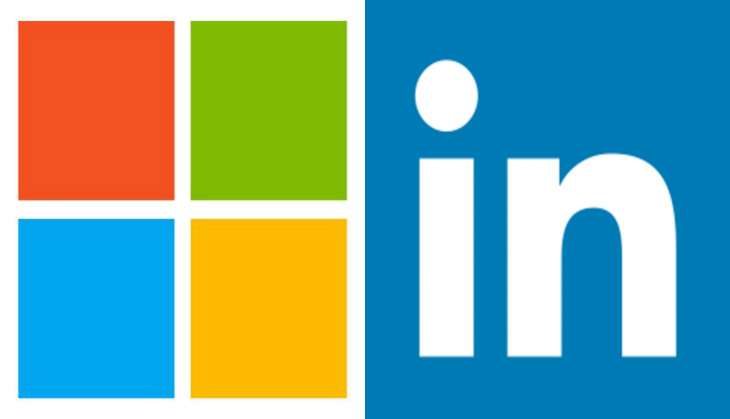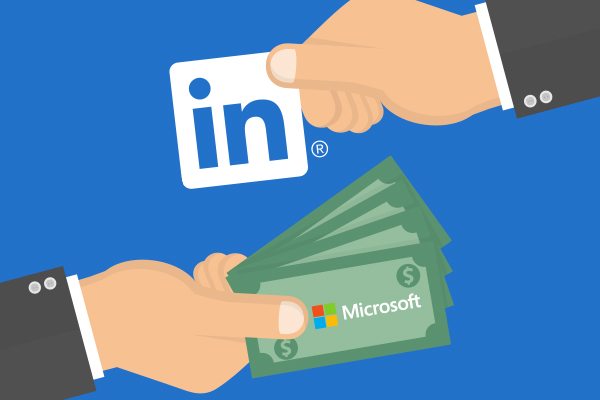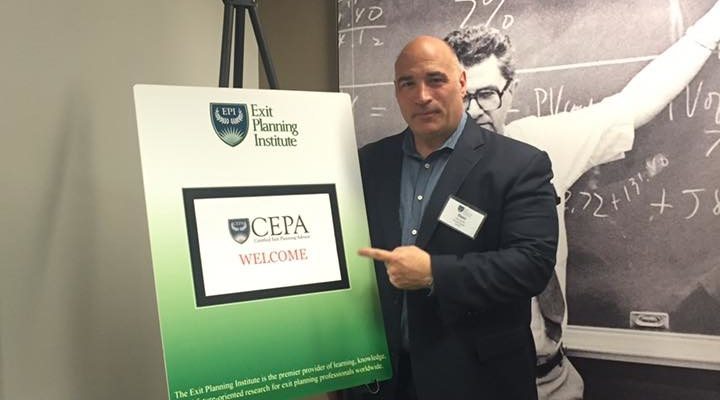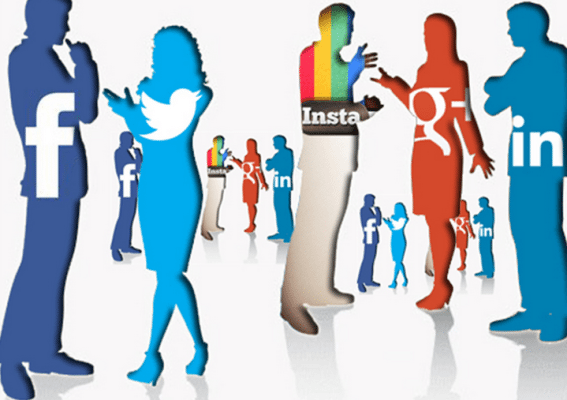Those of you who know me know what my team and I do for a living: we train and coach thousands of people globally on Social Selling through LinkedIn with our Social Jack Academy. We enjoy training enthusiastic professionals from Fortune 500 companies, small businesses and anything in between. What you may not know is that we also teach about Social Selling using Facebook, Instagram, Twitter, Snap Chat and others! We create and share what we call “Power Moves” which generate appointments or referrals — not just activity, and this is key.
Social Selling is not platform-dependent; sure, our friends at LinkedIn made it famous, and we love it in the B2B space, but remember we see your Social Team as people connected to you, not only on LinkedIn. So let’s cover three quick easy power moves, and if you want more we will happily oblige!
- Home page scan – or as we love to call it, UNE (Ultimate Network Event).
What does this mean? When you log into any Social Network, we tell you “think of it like you’re at an event” Pretty easy, right? Facebook is a gathering of people who are talking, networking, doing business, sharing personal info, but this is a gathering just the same. When you log in you might see some people you want to talk to and some you don’t; remember, you only need to talk to those you want. If you see a lot of people who annoy you, you chose not to connect to them. You can easily optimize this by either unfriending them (don’t worry, they do not get notified) or quieting them, unfollowing them (you will stay connected, but not their posts), or hiding the post. For me, that’s too much work; I either unfriend or unfollow. And this is just an example, I am not unfollowing my cousin!
Let’s do the Home Page Scan, it’s super easy. Scan your page for an ideal contact, and then simply “Like” or “Comment”; remember, it makes them feel good and counts as a contact with that person. Their network will also see the relationship, so if there are other targets in that network, they will see you, too. Then, if you decide to share with your network, they’ll love you even more. You know this because you know how it makes you feel. The key here is that if you are really working the relationship, then make sure you have the intent to get an appointment after the exchange. We recommend having two social media exchanges and then taking the conversation off-line (call, text, message, etc.). Which takes us to our next cool power move!
2. The Chat Hook – With NEW Facebook AI personal assistant
The ‘chat’ function is on the right side; on Facebook they call it “Messenger”. We like “Chat” because the intent is to be more casual and social, less business-like. The cool thing is that even if the person is not online, they will get notified when they are. What’s more, if they have notifications on their phone turned on, they’ll see it on the phone. You can also use the new messenger AI personal assistant to set reminders for each other; this is a NEW feature to remind people to connect every few days or weeks, for example. Then you both get a reminder to catch up and connect, which has a much more social feel. So remember the ultimate goal is the get the appointment, so jump on it when you have can, keep it casual and social like below.
For more cool power moves like this, remember to head to Social Jack, it’s free at the point of this article, however that will end August 1st, so jump on quick.
Remember if you are new in sales or an expert, there are people on the other side of the click, not bots or icons, these are people, just talk to them and decide when to connect for that meeting, build relationship and jump to the referrals (in our training we show more detail on this). Watch for more blogs on power moves, and of course we have over 200 videos in our Social Jack Resource Center. You can access our Resource Center by signing up for our Basic Social Jack Account, which can be found under the pricing tab on the Social Jack Homepage.
See you online very soon!


